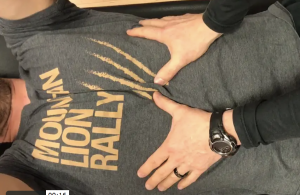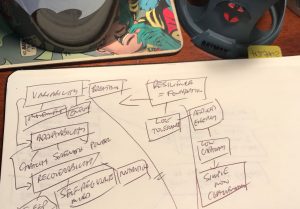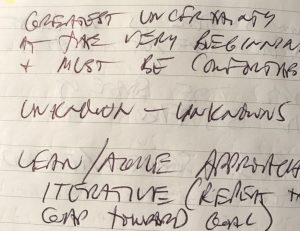A lot of practitioners misunderstand the value and assessment of the infrasternal angle (ISA) to determine effective interventions that restore respiratory variability. While you’ll see changes in the extremes of wide vs. narrow ISA with effective interventions, physical structure determines the appearance (wide or narrow) and the available compensatory strategies that may be limiting movement capabilities. Here […]
movement variability
Foundations: Building Resilience
Patient: “I feel great!” [Long pause… furrowed brow] Patient: “What do I do now?” Bill: “Establish a foundation of resilience, and then build resistance.” Webster’s dictionary defines resilience as the ability to become strong, healthy, and more successful again after something bad happens. It also includes the ability of something to return to its original […]
From My Notebook: Comfort and Progress in the Realm of Uncertainty
Padawan: “How do you know what to do?” Bill: “I don’t yet.” Padawan: “Doesn’t that make you uncomfortable?” Bill: “Not anymore.” The Human System is complicated (structural constraints e.g., biomechanics), complex (functional constraints e.g., autonomic response), and at times chaotic (think crisis mode). This often results in a great deal of uncertainty in regard to […]
From my notebook: On Stability
Perceived threat to a self-organizing system will result in simplification of the system to reduce degrees of freedom and response time while simultaneously sacrificing adaptability. Humans will shift into the sagittal plane to reduce the degrees of freedom to simplify movement creating a more stable state. This will reduce system complexity and cortical effort and […]



